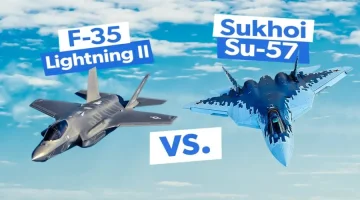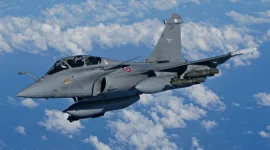- Views: 2K
- Replies: 11

India's Ministry of Defence (MoD) is preparing for one of its largest defense procurements in recent years: the acquisition of 114 Multi-Role Fighter Aircraft (MRFA) for the Indian Air Force (IAF).
While the MoD is prioritizing rapid delivery of these jets, potentially aiming for 20-24 aircraft per year, sources suggest this ambitious goal may require a temporary compromise on India's commitment to local production.
India's defense policy, particularly under the "Make in India" and "Atmanirbhar Bharat" initiatives, strongly emphasizes self-reliance and domestic manufacturing. However, achieving high delivery rates for complex fighter jets often necessitates a mature production line and streamlined supply chain, which can be challenging to establish while simultaneously meeting ambitious localization targets.
Experts believe the MoD might initially lower localization requirements for the MRFA project, potentially setting them around 30-40% instead of the usual 70% target for major defense procurements. This approach would allow for faster delivery while providing Indian industries time to scale up and mature.
Demanding both rapid production and high localization from the outset could discourage Original Equipment Manufacturers (OEMs). Setting up local manufacturing for complex fighter jet components requires significant time and investment. OEMs might argue that such demands could impact quality control, increase costs, and ultimately delay the project.
A phased approach to localization appears to be the most likely solution. Initial production phases could prioritize components readily produced in India, while more complex systems would continue to be imported. Over the aircraft's service life, Indian industry could gradually assume responsibility for components requiring frequent upgrades or replacements.
Airframe manufacturing and other structural components, which are not frequently replaced, might see limited localization initially. The focus could instead be on components with shorter replacement cycles and higher maintenance demands, providing sustained opportunities for local industries.
To achieve long-term localization goals, the MoD and selected OEMs will need to invest in building a robust domestic supply chain. This involves technology transfers, skill development, and establishing high-quality manufacturing facilities. By gradually increasing localization, India can utilize the initial years of the MRFA project to develop a network of local suppliers capable of handling increasingly complex components over time.


